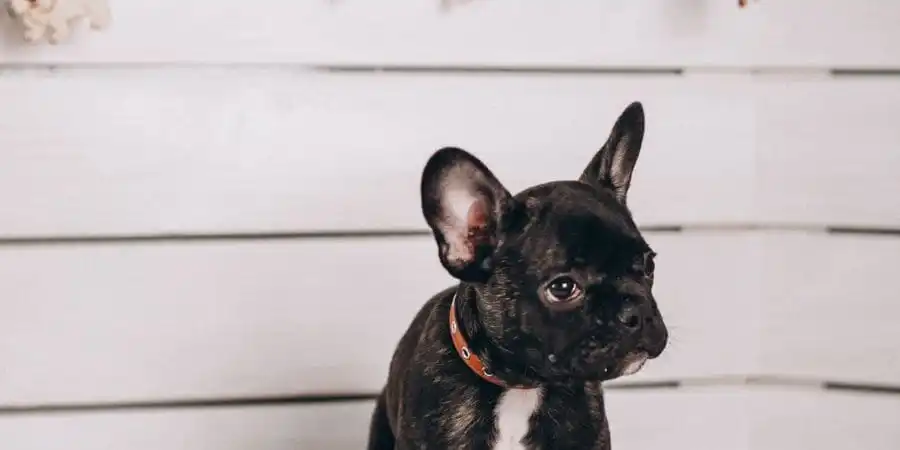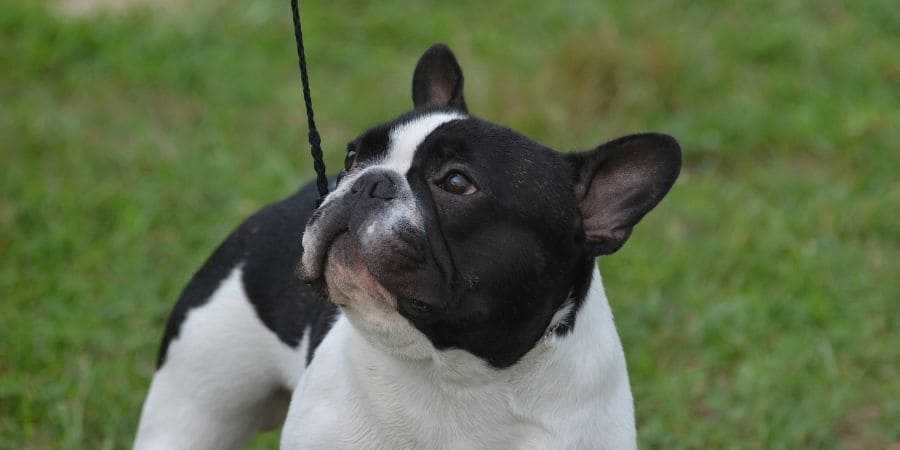
French Bulldogs are one of the most beloved dog breeds around the world. Known for their bat-like ears, muscular build, and affectionate personalities, they have captured the hearts of families, city dwellers, and dog lovers alike. Despite their widespread popularity, many people have a surprising question when they first encounter this breed: Do French Bulldogs have tails? The answer is yes, French Bulldogs do have tails—but their tails are small and uniquely shaped, which often causes confusion among those unfamiliar with the breed. Unlike many dogs that have long, expressive tails, the French Bulldog’s tail is naturally short, low-set, and either straight or “corkscrew” shaped. This distinctive feature is part of what makes them so recognizable. Understanding the French Bulldog Tail The French Bulldog’s tail is one of the breed’s defining characteristics. Breed standards, established by kennel clubs around the world, specify that the tail should be short and set low on the hindquarters. In most cases, it barely extends beyond the dog’s rear, making it less noticeable than the tails of many other breeds.
Our french-bulldog-litter-size/ Frenchie stud service offers exceptional mating options, emphasizing breed integrity, health, and proven lineage. We ensure responsible breeding practices to produce healthy, high-quality puppies. Trust our experienced males to enhance your bloodline and meet your breeding goals.
Also Read: https://zbom.xyz/
french bulldog litter size
High-Quality French Bulldog Access For Responsible Breeding

french bulldog litter size
A Frenchie stud fee is the amount a breeder charges to mate a male French Bulldog with a female for breeding purposes.

french bulldog litter size
A Frenchie stud fee is the amount a breeder charges to mate a male French Bulldog with a female for breeding purposes.

french bulldog litter size
A Frenchie stud fee is the amount a breeder charges to mate a male French Bulldog with a female for breeding purposes.
Get in Touch Today
Reach out for all your French Bulldog breeding needs.
french bulldog litter size
French Bulldogs are one of the most beloved dog breeds around the world. Known for their bat-like ears, muscular build, and affectionate personalities, they have captured the hearts of families, city dwellers, and dog lovers alike. Despite their widespread popularity, many people have a surprising question when they first encounter this breed: Do French Bulldogs have tails?
The answer is yes, French Bulldogs do have tails—but their tails are small and uniquely shaped, which often causes confusion among those unfamiliar with the breed. Unlike many dogs that have long, expressive tails, the French Bulldog’s tail is naturally short, low-set, and either straight or “corkscrew” shaped. This distinctive feature is part of what makes them so recognizable.
Understanding the French Bulldog Tail
The French Bulldog’s tail is one of the breed’s defining characteristics. Breed standards, established by kennel clubs around the world, specify that the tail should be short and set low on the hindquarters. In most cases, it barely extends beyond the dog’s rear, making it less noticeable than the tails of many other breeds.
There are generally two types of French Bulldog tails:
- Straight tails: These tails are short and straight, lying close to the hindquarters. They are simple in appearance and may be slightly tapered.
- Corkscrew tails: These are more twisted or spiral-shaped and are also quite short. Corkscrew tails are a classic feature in French Bulldogs and are widely accepted in breed standards.
Interestingly, the tail is not just a cosmetic feature. Even though it is small, it plays an essential role in communication. Dogs use their tails to express emotions such as happiness, curiosity, or alertness. While the French Bulldog’s tail may not wag as dramatically as a Labrador Retriever’s, it still communicates subtle cues through posture and movement.
The History Behind the Tail
French Bulldogs were originally bred in the 1800s in France as companion dogs for lace workers who moved from Nottingham, England. These dogs were a smaller version of the English Bulldog, bred for companionship rather than work. Over time, selective breeding focused on physical traits like their compact size, bat-like ears, and short tails.